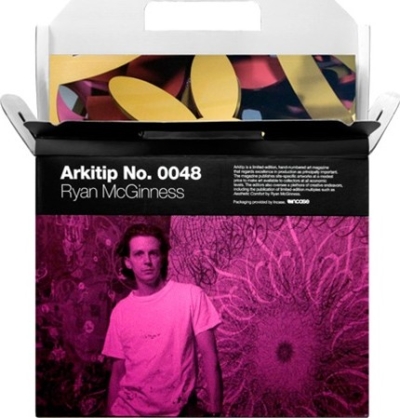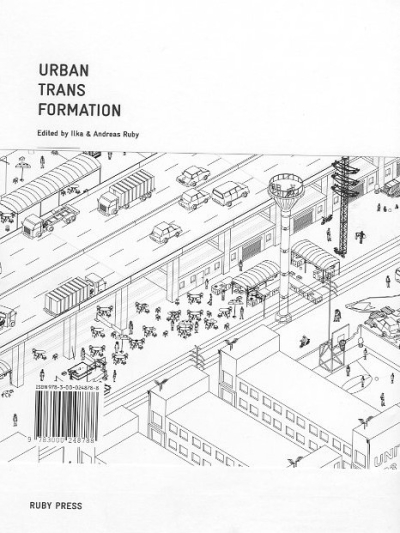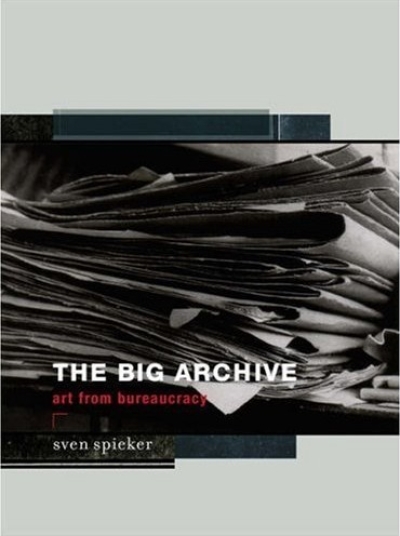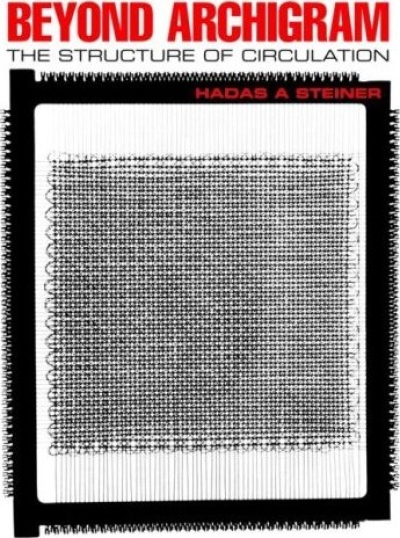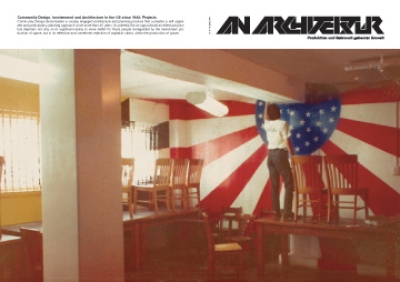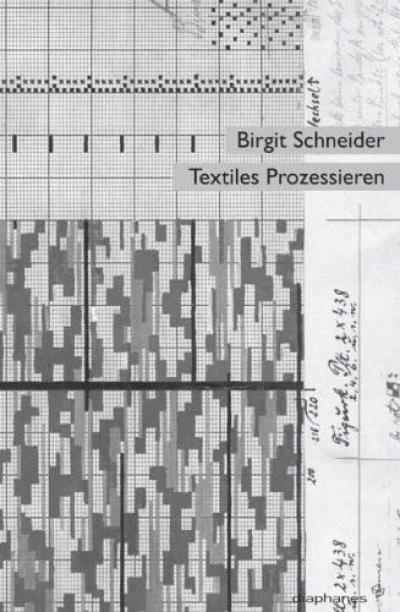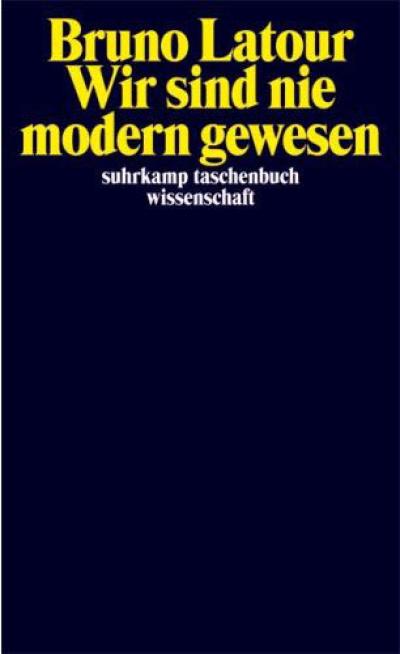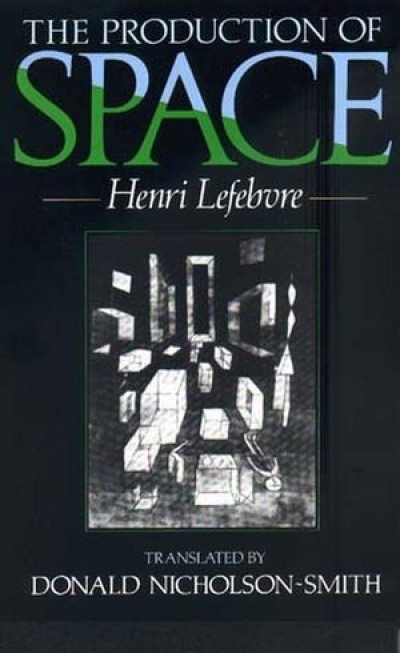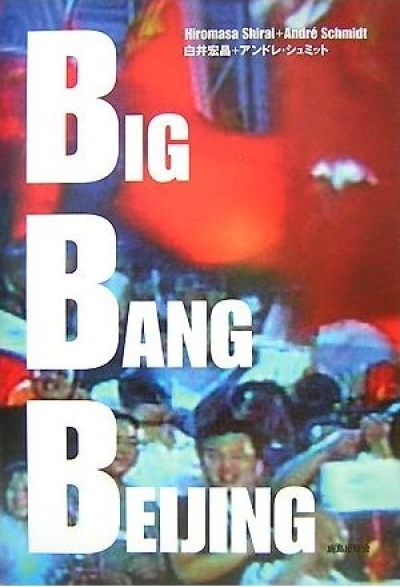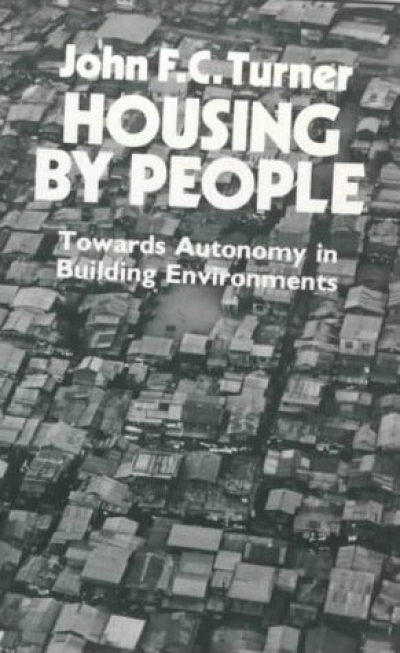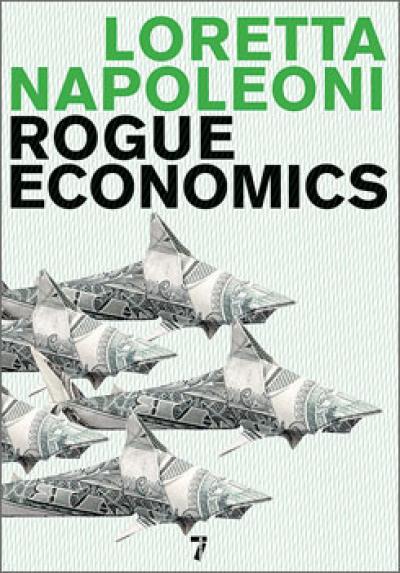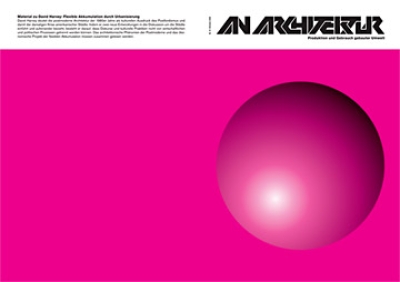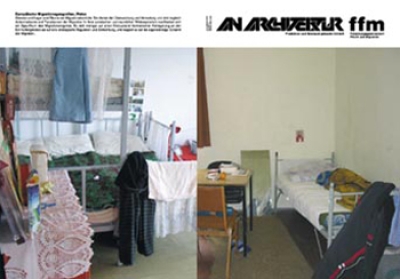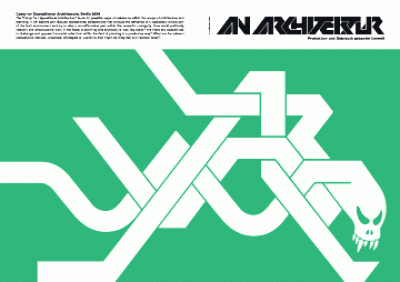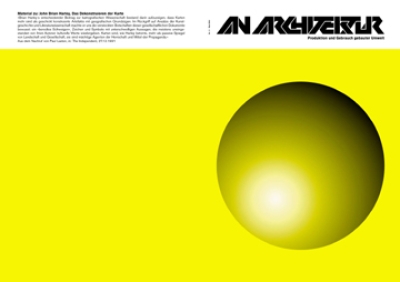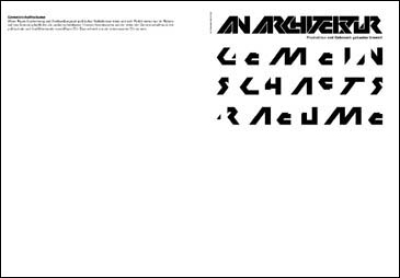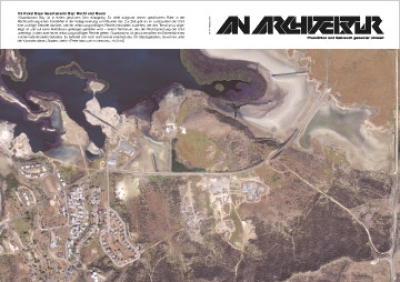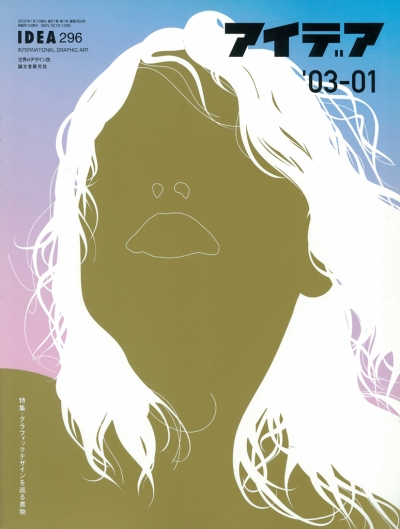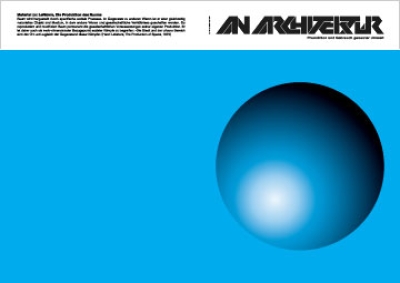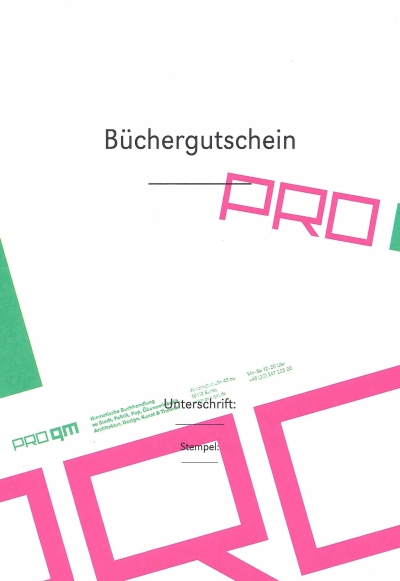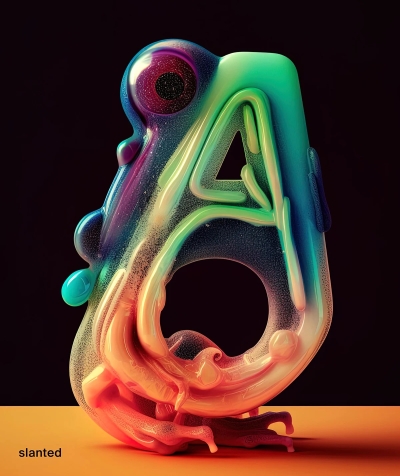
Aesthetics Imperfections. How AI is Changing the Landscape of Typography
Creativity and innovation are no longer exclusively the province of humans, but the result of collaboration, a game of interpretation in the dialog between humans and machines. This is the world in which we live today, where artificial intelligence is rapidly evolving and new scenarios are opened.
AI technology is transforming the realms of art, design, communication, and marketing. However, when it comes to typography, in this age of co-creation, it has not yet taken center stage in this evolutionary process, but it is ripe for experimentation.
Gianpaolo Tucci's research led him to recognize aesthetic imperfections as a source of uniqueness in each individual representation. The world is entering a new era of typographical artifacts, where typography moves beyond the strict confines of function to embrace new values of expression.
This is not a book on typography, but the expression of a point of view, a practical guide, and an investigation on how the integration and ethical use of artificial intelligence will play a fundamental role in modeling this future. This book witnesses the birth of a co-creation era, urging a rethinking to craft a more human-centric future where AI magnifies human creativity, rather than replacing it. Take a breath, and as if we were unaware laboratory animals, Tucci invites to jump into this journey made of confused, blurred, anatomical, radical, colorful, and sometimes overturned visions.
